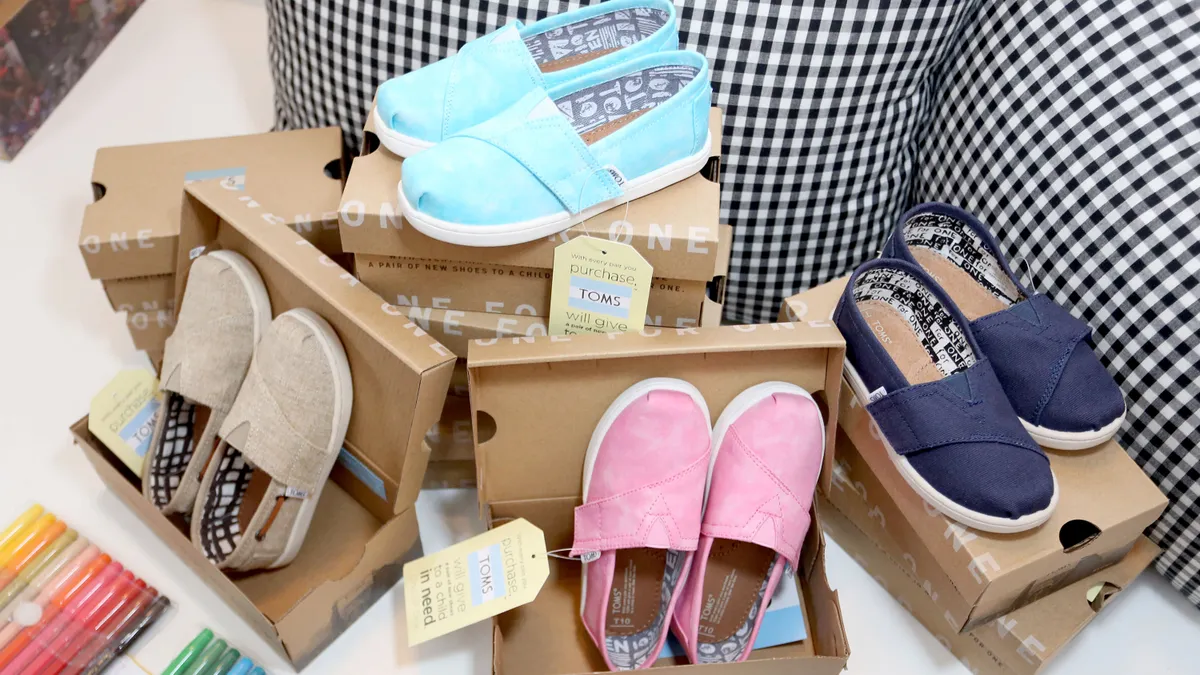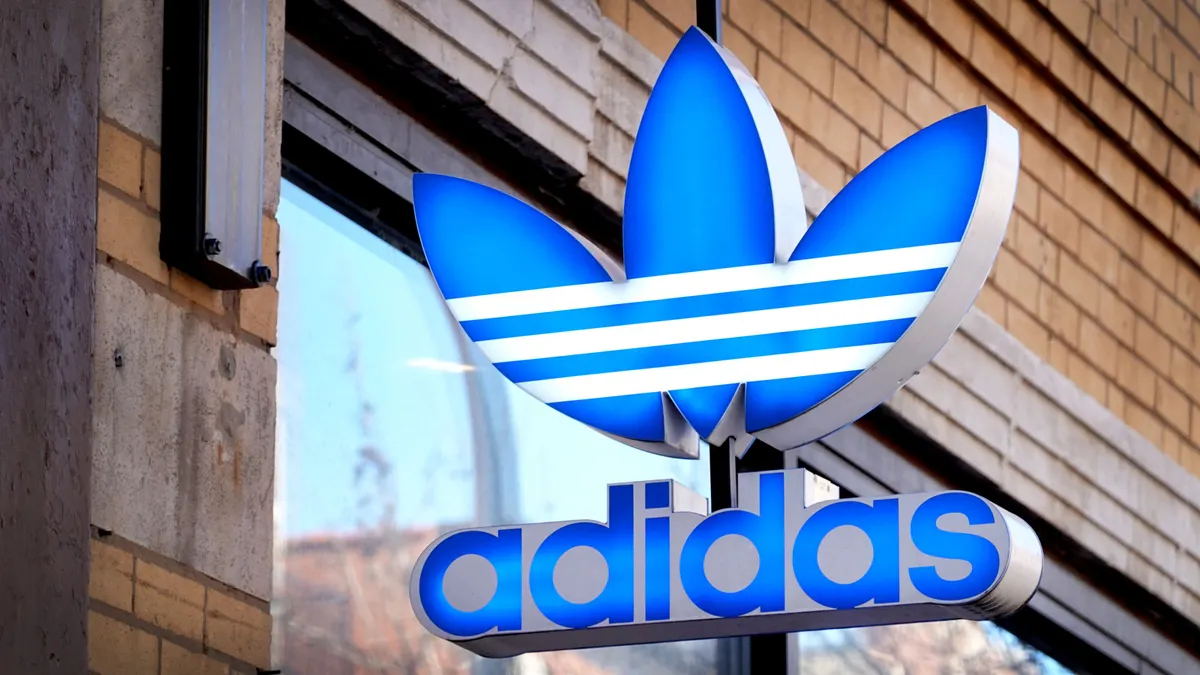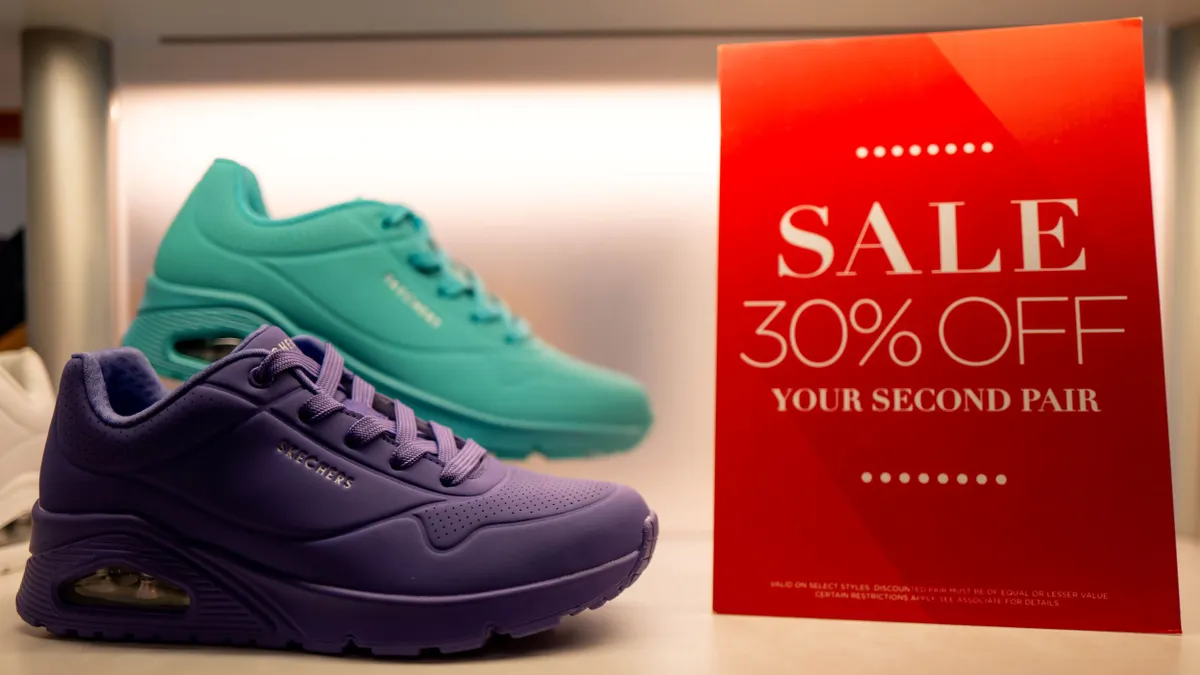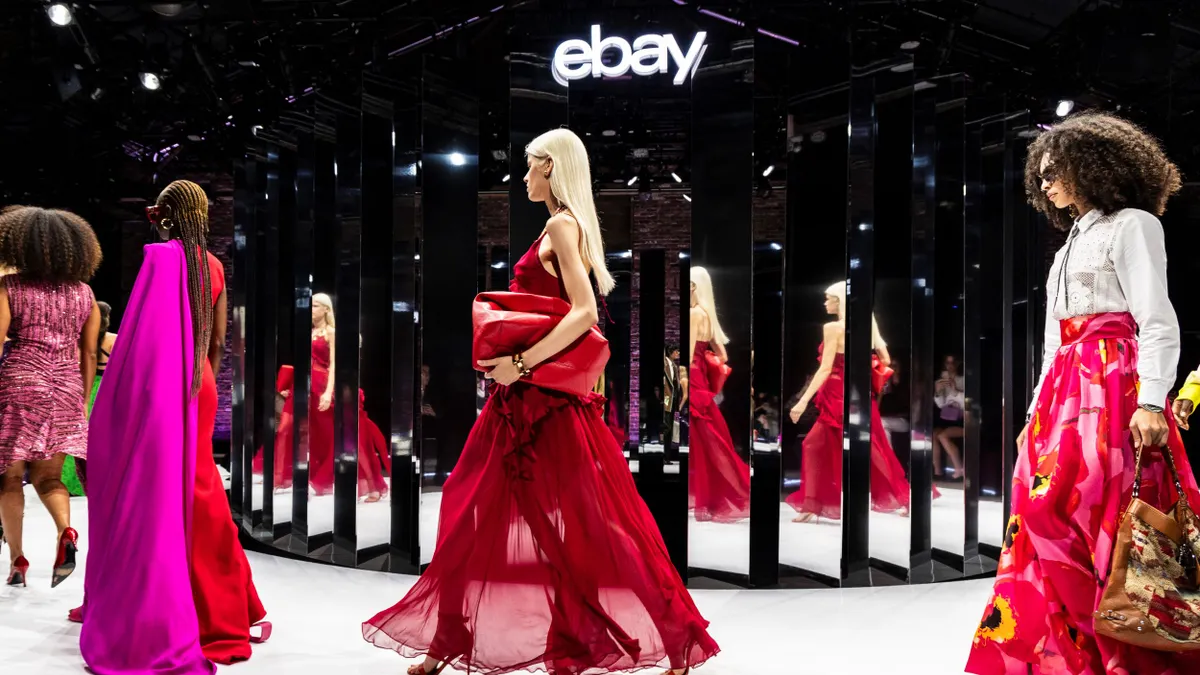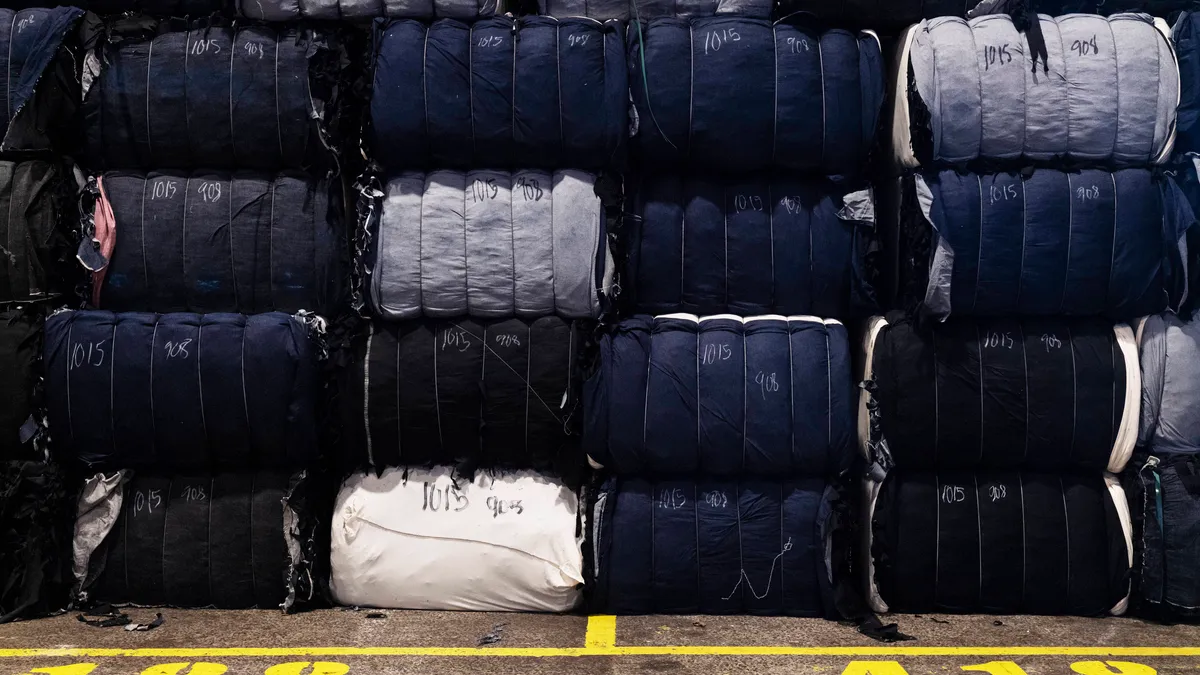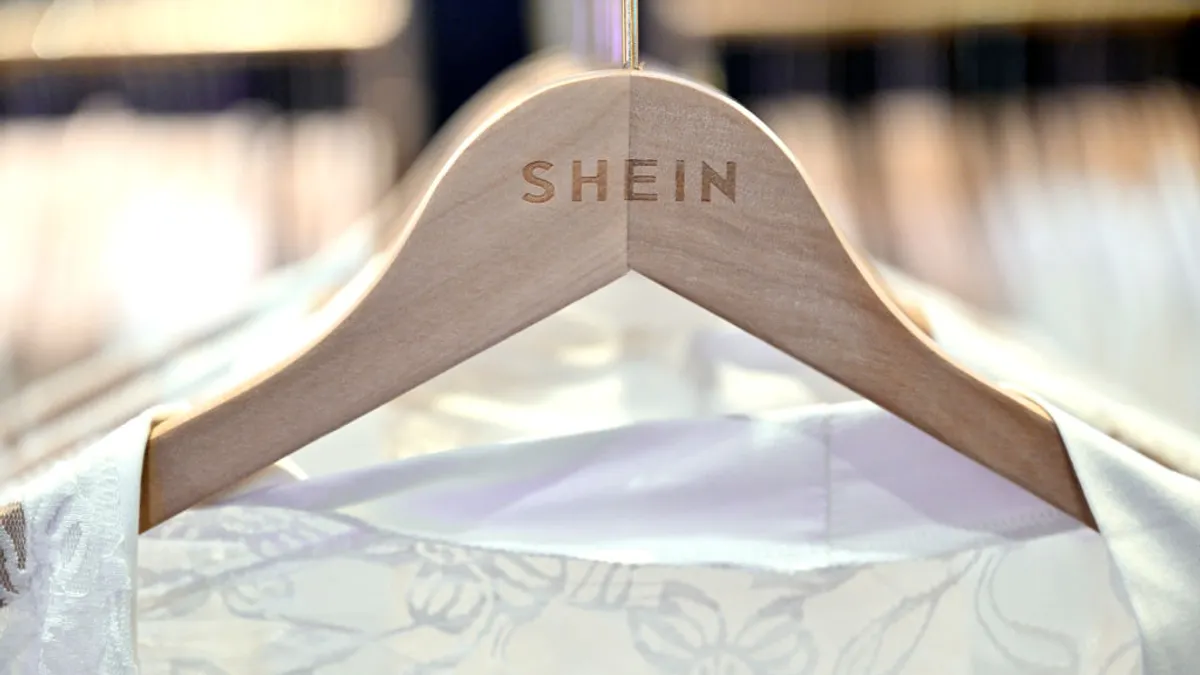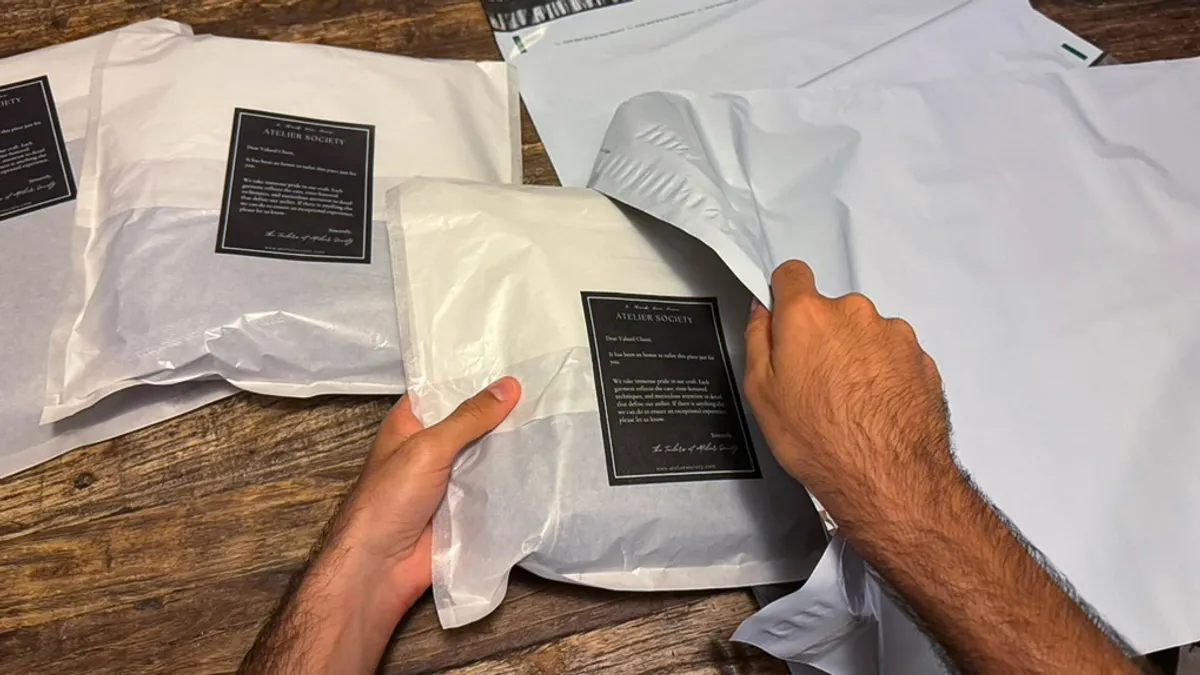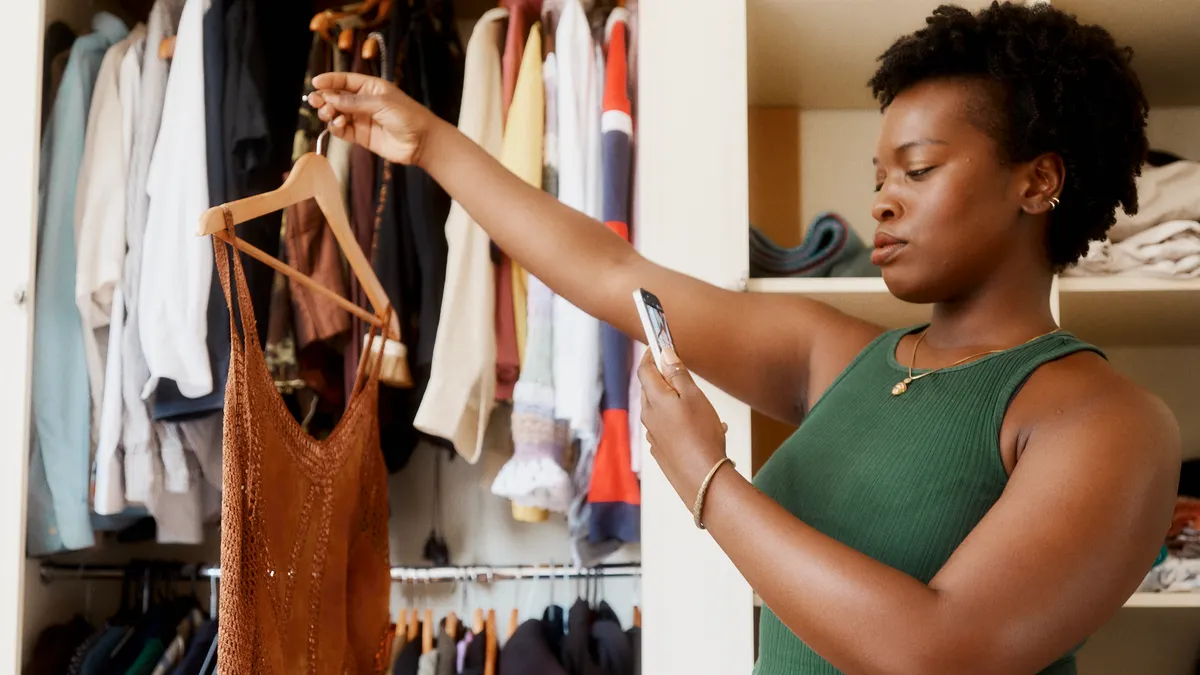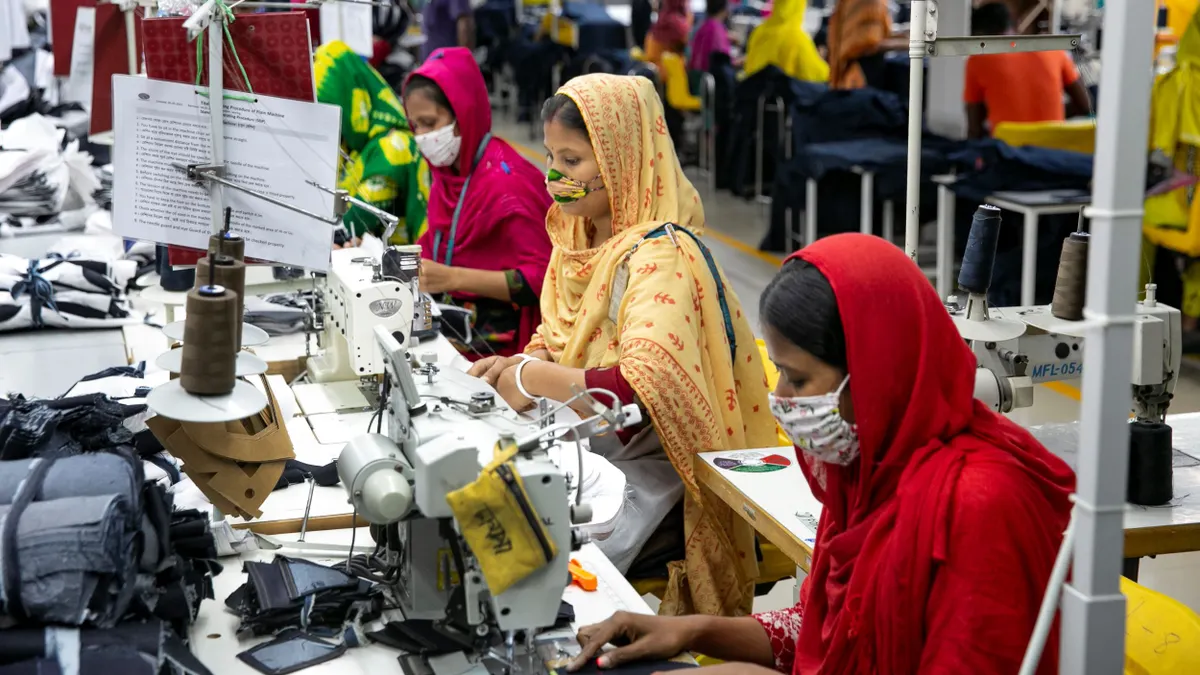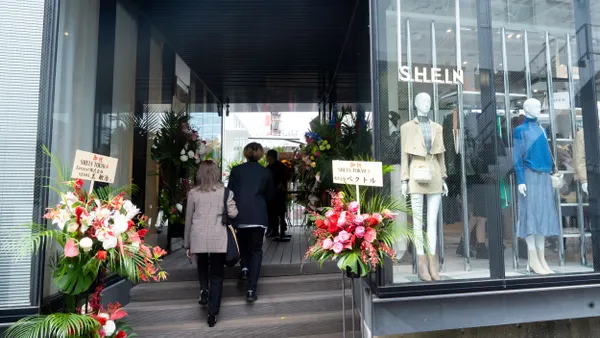Footwear company Toms wants to position itself at the intersection of sustainability and mental health awareness.
The California-based brand inked a partnership with resale platform ThredUp this spring which will allow Toms customers to sell or recycle their items for store credit.
This new model is evidence of a shift in the giving strategy of the brand, which launched in 2006 with a ‘buy-a-pair-give-a-pair’ strategy. Toms transitioned from its initial one-for-one model in 2021 to its more flexible giving plan, where it donates a third of its profits to charitable causes, many of which focus on boosting access to mental health resources.
The one-for-one model, which was part of what made Toms famous, proved difficult for the brand, which skirted away from near bankruptcy in 2019, according to a Forbes report.
To promote awareness of its charitable shift, Toms purposefully made its resale announcement in May, during Mental Health Awareness Month.
Previous mental health-focused charitable efforts from Toms have included a line of backpacks in 2015 to help fund anti-bullying organizations. Its website lists some of its other focus areas as increasing access to opportunity and ending gun violence.
Toms is branding the new ThredUp partnership as one that allows customers to be part of its sustainability efforts. Amy Smith, chief brand officer of Toms, said customers can elongate the life of Toms products either by recycling or reselling, depending on their condition.
Fashion Dive recently spoke with Smith about Toms’ overall giving strategy and its partnership with ThredUp.
This interview has been edited for brevity and clarity.
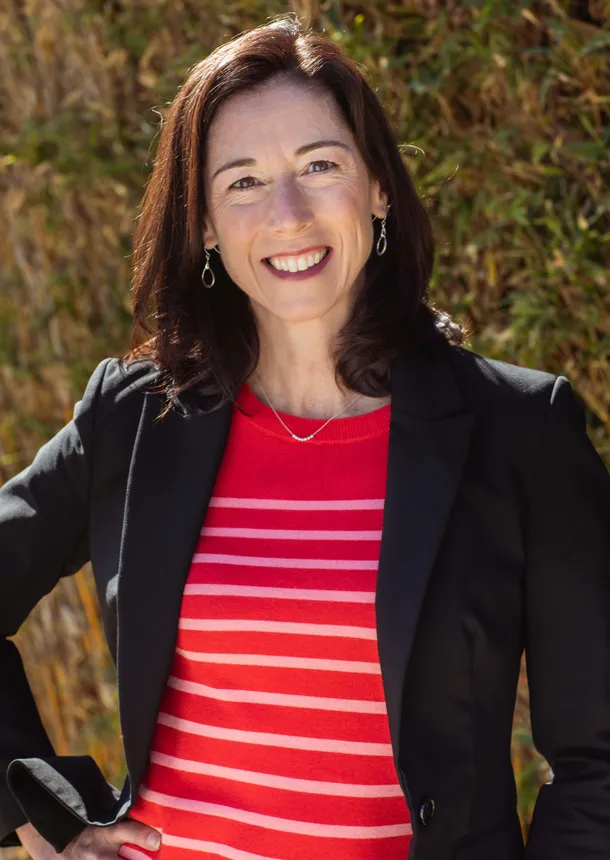
Fashion Dive: How did the partnership with ThredUp come about?
AMY SMITH: When you buy Toms, you help fund access to mental health resources for the millions of people who need them. As we know, collectively, there's more and more intersection between mental health and climate change, and how people are feeling about both of those things. It's something that we have been feeling really passionately about at times and something that we're very committed to: both our social sustainability around mental health and our environmental sustainability.
Our ThredUp partnership is just one piece of that equation. We really thought about — as we thought about joining ThredUp and having that partnership grow into something that we wanted to implement on our website — ‘What is Toms’ role in being part of the 360-circular economy?’ Shoes are very well known to be hard to recycle. We make a very durable, quality product, and so we wanted to have a partner where we could give our products a second life. That's something that we felt really excited about, and that ThredUp could really help us do.
You mentioned how this coordinated well with Mental Health Awareness month, but is there anything else that made now a good time to launch this partnership?
We're a B Corp certified organization, and we have recertified twice, that happens about every two to three years, depending on your business situation.
As we plan for recertification, we really used B Corp as our roadmap, especially on the environmental side. We've made some five-year commitments to the environment and to our role. And so we felt like we were ready to take that next step and that was post-B Corp recertification.
From a business side, we felt like ThredUp had the right tools. We had the capacity to implement that in the most effective way possible. We were really, really ready for it. Timing is everything for an organization. So it was [the] right business timing for us.
What challenges does Toms face when it comes to resale?
I don’t think there are any particular challenges — that’s one of the reasons we chose ThredUp. They are very intentional about what is recyclable and what is really ready for recycling. They do that recycling responsibly. We love for people to buy our products secondhand. Again, it's a very durable product. If there's a style that's no longer available that you're really excited about, or there's something that you need in your closet, but we're no longer making it or you can't find it somewhere else, this is a great venue to be able to do that.
How does this fit into Toms’ sustainability efforts overall?
We're trying to add as many environmentally responsible things as we can. We're investing in more earth-friendly products in our product line. We have a tag called EarthWise, and that represents about 30% of our line this season. We're always looking at new technologies around materials, and making sure that we're doing things that reduce waste. So all those things in the product line, especially footwear and fashion, we really have a responsibility to the consumer and to Mother Earth to do everything we can. And that's hard, we're always learning, and it's expensive. All those things are always top of mind for us. Investing in our product is first and foremost.
A few years ago, Toms shifted from its initial giving model to something new. Can you talk about where you are in that transition?
I joined Toms in 2016, and I really felt like my mandate at the time as the chief giving officer — and now the chief brand officer — was to ensure that we were doing the most giving possible with the unprecedented dollars that we were giving based on our amazing consumers. When you buy Toms, something great happens in the world, and we wanted to make that as impactful in a positive way as possible.
A couple of years into my job, I was still asking that question, and collectively our impact team was saying yes, of course we're still having a great impact with our shoe giving, but we think maybe we could do more. We think we could do more through really focused grant making that is really helping slightly smaller organizations at the grassroot level do something big in their local communities. It felt like the right time to evolve. We had impacted 100 million lives, we were turning 15 as an organization, and we really felt like it was time for us to innovate again, and to invite more of corporate America to come with us and learn together on the journey.
Now when you buy Toms, you help fund access to mental health resources. We did that because we know that one in five Americans will face a mental health challenge annually. It's a big issue, and we know it's getting bigger, post-pandemic. We know that nearly half the people who want to access a mental health resource don't know where to start. That is really our focus area now. We still give the same amount. We give a third of our profits to the grassroots organizations and local communities that are focused on mental health.
Is that giving model more sustainable than the buy-a-pair-give-a-pair model?
We had impacted 100 million lives through our shoe site and water giving. We had done that one-for-one, and we really felt like shoelessness was less in the world after 15 years of doing that work. We heard from our consumers that many of them were seeing more social issues in our own backyard here in the United States, and that most of our shoe giving was focused in developing countries, and could Toms start doing some other work here in the United States? We looked at where those opportunities might be. We also looked at what we learned from our shoe site and water giving that we could apply here. There was a lot of strategic thinking. It took us over a year to even make the decision to move away from shoe giving to a new model for Toms, so it was not taken lightly. It was a very strategic, very thoughtful process for us. That said, it was time for us to take on something new and to respond to consumer feedback and to apply what we had built expertise around shoe giving to a new area.



